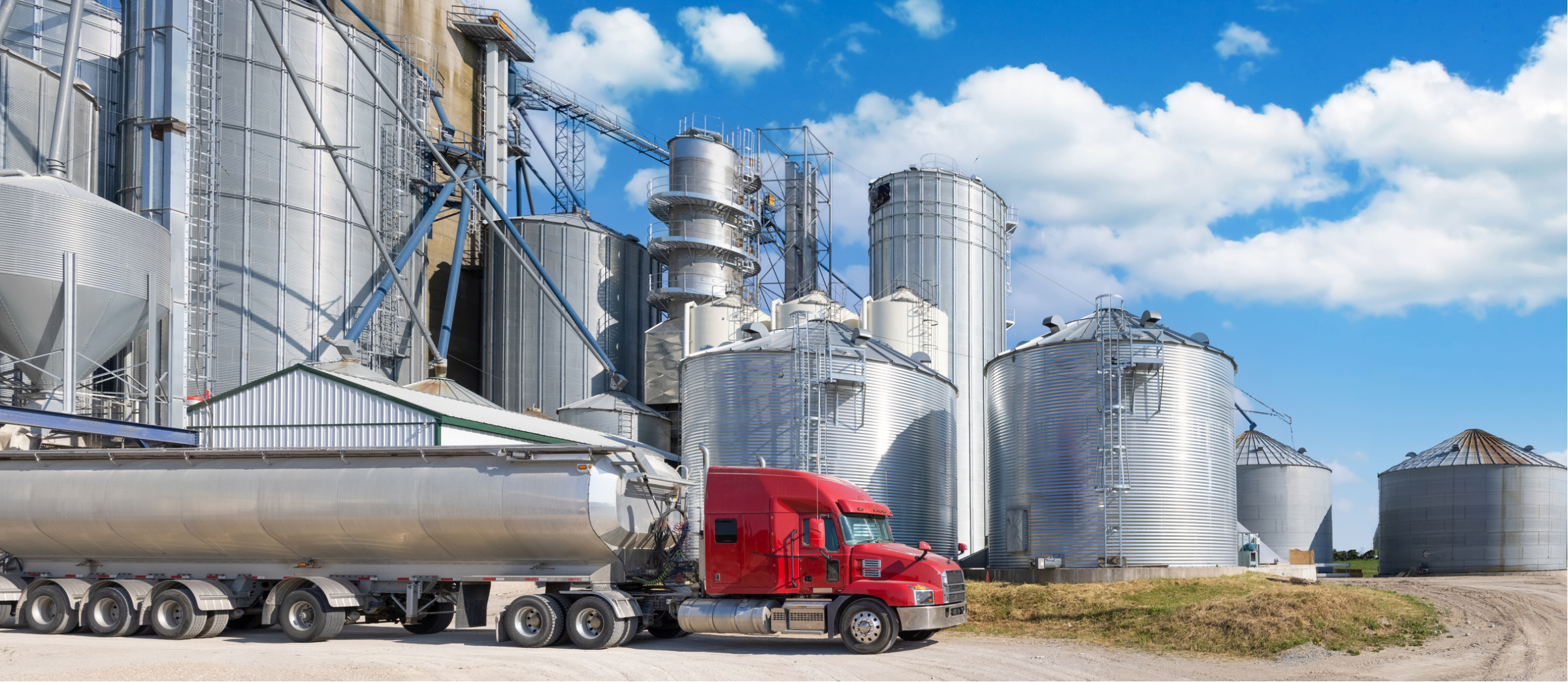Post-Harvest Management: The Economics of Grain Transportation
Post-Harvest Management: The Economics of Grain Transportation

While transporting grain to the market may be the last input cost in the production of grain, it is a critical decision a producer has to make, especially when margins are thin. Determining which market to sell your grain (if you have options) can be a complex decision. Most producers in Western Kentucky have multiple potential markets to deliver their grain. This leads to the question of, “Should I sell my grain to the closest elevator or should I transport it a further distance to an elevator offering a higher price?” What market you choose not only will determine the price you receive but will also determine the cost associated with transportation. The market that provides the highest price is not always the most profitable price. The tradeoff between maximizing price per bushel received from the buyer and minimizing transportation costs could be the difference between making a profit that year or being in the red.
Many factors will impact the transportation cost of grain and determine the most profitable option. Those factors include grain price, distance, fuel price, wait time, quality discounts, labor, and truck capacity. It is common for most producers to make their market decision based on only one of these factors. However, all of these factors need to be considered simultaneously when determining the most profitable market option. This publication develops a framework to determine the net price received per load of grain from each potential market along with an example in the appendix. In addition, a Microsoft Excel–based decision tool for comparing up to six potential markets and determining the most profitable option is presented.
Author(s) Contact Information:
